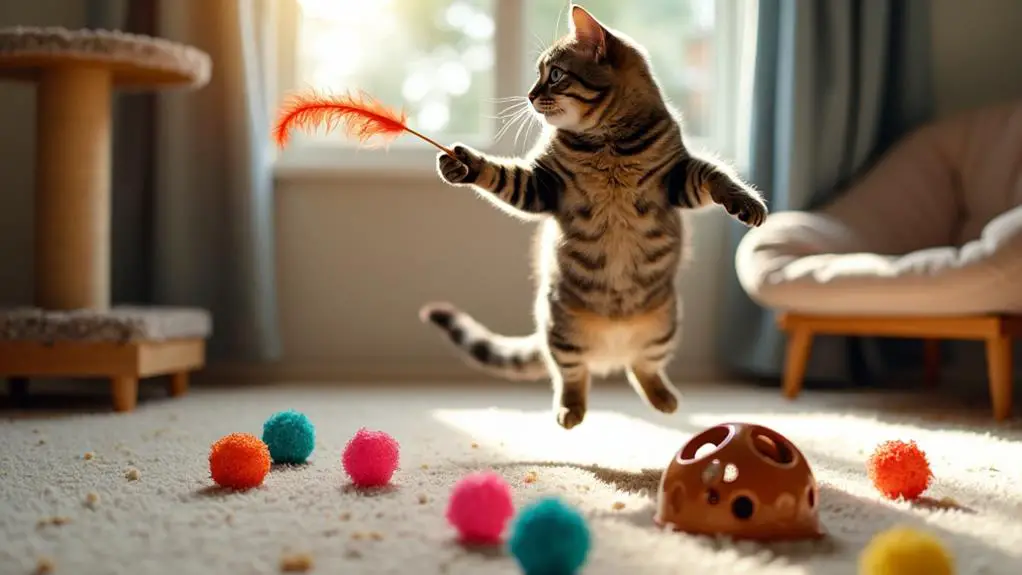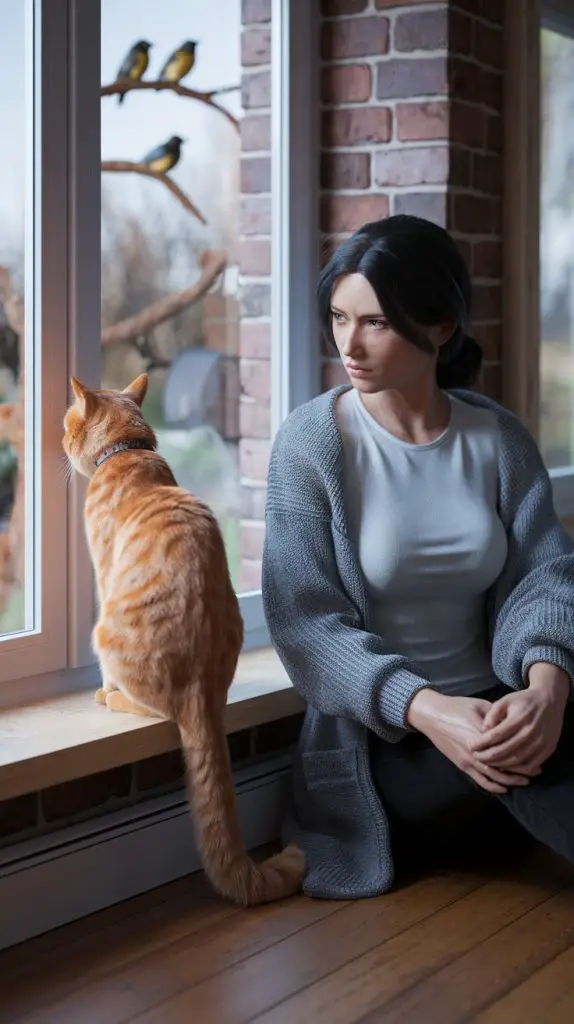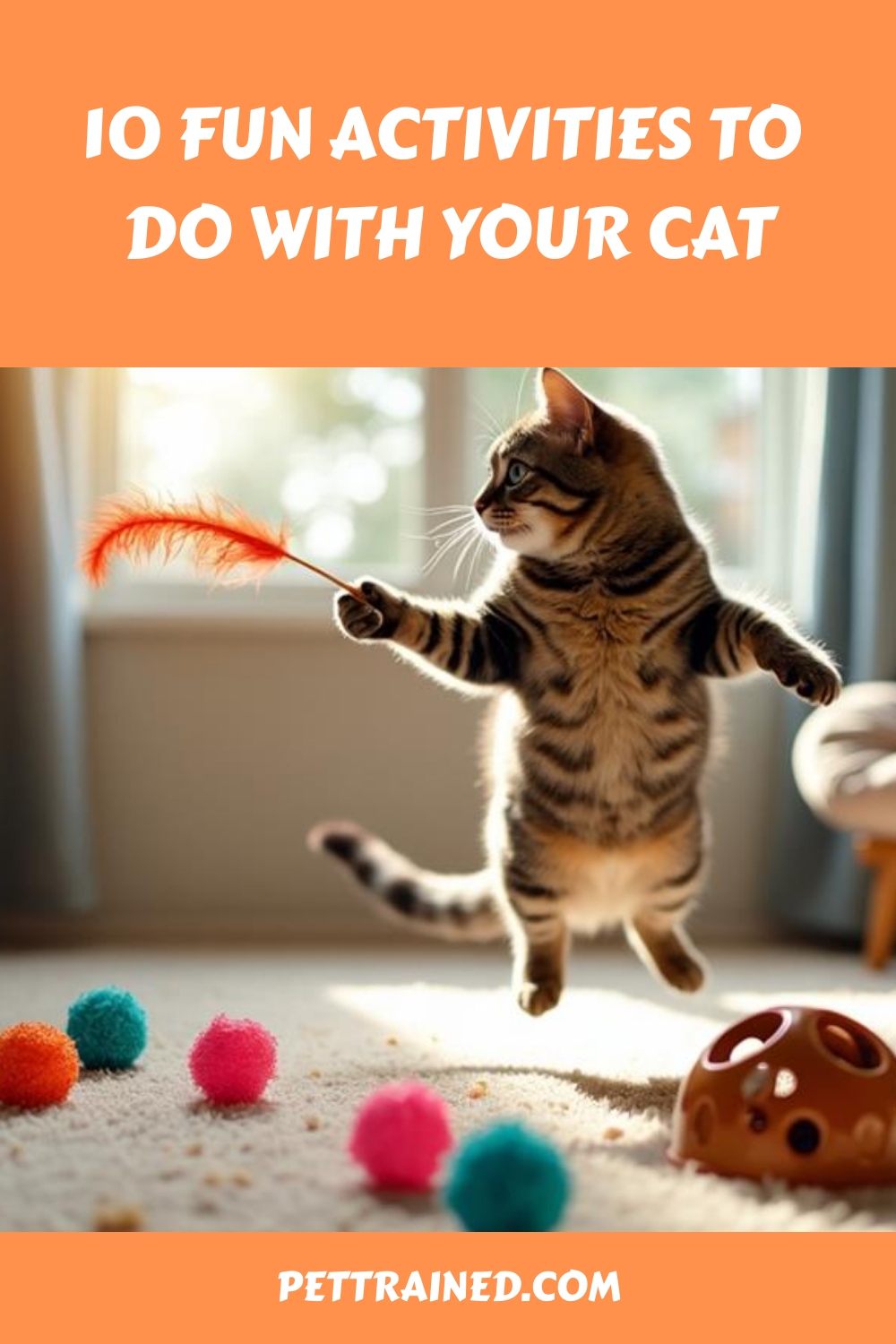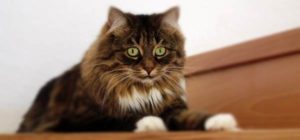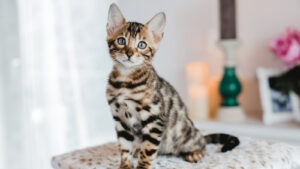Looking for fun activities to do with your cat? You’ve probably noticed that your feline friend can get bored easily, leading to mischief or lethargy. But don’t worry – there are plenty of ways to keep your cat entertained and strengthen your bond at the same time. From laser pointer chases to DIY obstacle courses, the options are endless. These activities not only provide physical exercise but also mental stimulation, which is essential for your cat’s wellbeing. By incorporating these fun ideas into your routine, you’ll discover new sides to your pet’s personality and create lasting memories together. So, are you ready to transform your home into a feline playground?
Table of Contents
Interactive Laser Pointer Play
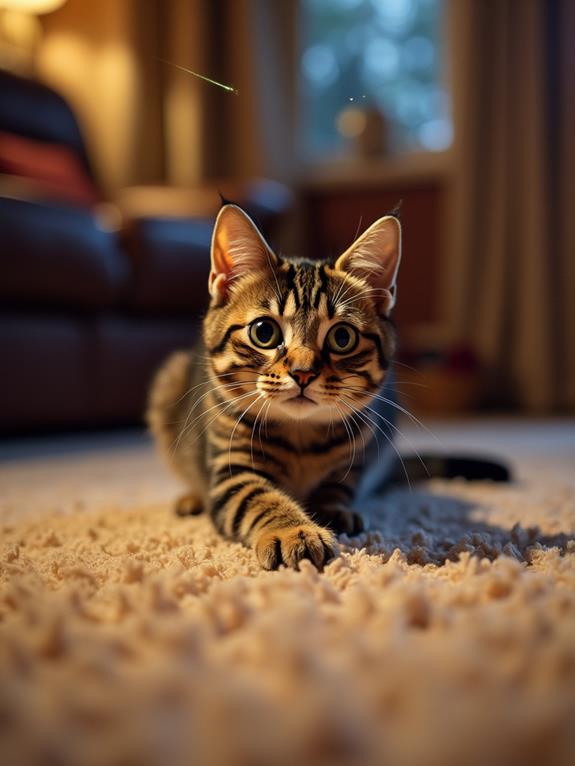
Laser pointer play is a thrilling and engaging activity for your feline friend. This interactive game taps into your cat’s natural hunting instincts, providing both mental stimulation and physical exercise. When introducing laser pointer play, start with short sessions to gauge your cat’s interest and energy levels.
LED cat toys offer another exciting option for nighttime play, combining light and movement to captivate your cat’s attention.
To guarantee laser pointer safety, never shine the light directly into your cat’s eyes. Instead, move the dot along floors, walls, and furniture, mimicking prey movements. Vary the speed and direction to keep your cat engaged and challenged. Remember to give your cat occasional “wins” by allowing them to pounce on the dot, reinforcing their hunting success.
The feline exercise benefits of laser pointer play are numerous. It helps maintain a healthy weight, improves coordination, and reduces boredom-related behavior issues. However, it’s essential to complement laser play with tangible rewards, such as treats or physical toys, to prevent frustration. This guarantees your cat experiences the satisfaction of “catching” their prey.
This post contains affiliate links. However all the information provided on this site are my own honest opinions. See more in Disclaimer.
Limit laser pointer sessions to 10-15 minutes to prevent overstimulation. Always end play on a positive note, allowing your cat to “catch” the laser before turning it off.
DIY Cat Obstacle Course

While laser play offers great entertainment, creating a DIY cat obstacle course can take your feline’s playtime to new heights. An obstacle course design encourages physical activity, mental stimulation, and bonding time between you and your cat.
Start by evaluating your available space and your cat’s abilities to guarantee a safe and enjoyable experience. Consider incorporating elements similar to a multi-functional cat tree to provide various climbing and scratching options within your obstacle course.
Begin with simple elements like cardboard boxes, tunnels, and low platforms. As your cat becomes more confident, introduce more challenging obstacles such as higher perches, balance beams, and small jumps. Always supervise your cat during playtime and remove any potential hazards.
Incorporate agility training tips to make the most of your obstacle course. Use treats or toys to guide your cat through the course, rewarding them for completing each section. Gradually increase the difficulty level as your cat’s skills improve.
Remember to keep sessions short and fun to maintain your cat’s interest. Rotate obstacles regularly to prevent boredom and continue challenging your cat.
This DIY activity not only provides exercise but also helps reduce stress and anxiety in indoor cats, promoting overall health and well-being.
Treat-Dispensing Puzzle Toys
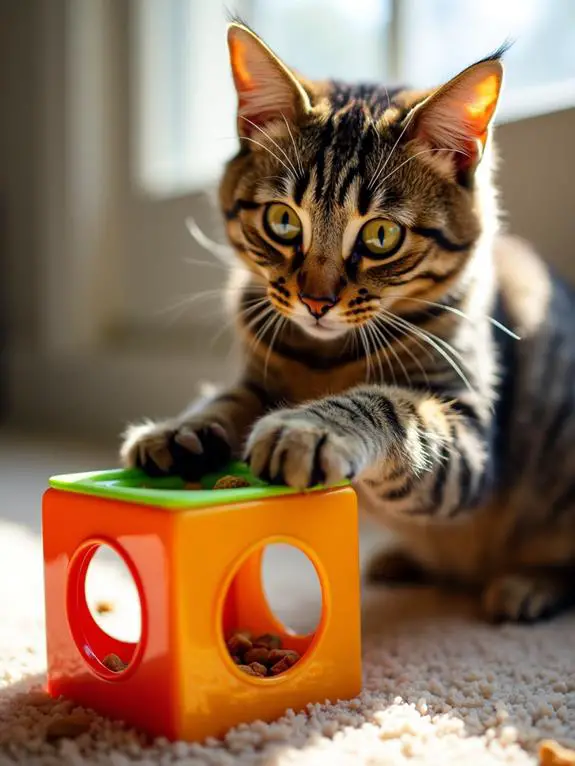
Treat-dispensing puzzle toys offer an excellent way to keep your cat mentally stimulated and physically active. These interactive toys challenge your feline friend to problem-solve and work for their rewards, combining playtime with mealtime.
While puzzle toys are great, consider incorporating interactive snake toys that mimic realistic movements to further engage your cat’s hunting instincts and provide variety in playtime.
When selecting a puzzle toy, consider your cat’s skill level and preferences. Start with simpler designs and gradually increase the puzzle difficulty as your cat becomes more adept. Many toys feature adjustable settings, allowing you to customize the challenge.
Experiment with different treat variations to keep your cat engaged. Use a mix of dry kibble, freeze-dried treats, or small pieces of cooked meat. Confirm the treats are appropriate for your cat’s diet and health needs.
Introduce the toy during your cat’s regular feeding times or as part of their daily play routine. Supervise initial interactions to confirm your cat understands how to use the toy safely. Some cats may need demonstration or encouragement to get started.
Regularly clean and inspect the toy to maintain hygiene and prevent damage. Rotate different puzzle toys to prevent boredom and maintain your cat’s interest.
With consistent use, treat-dispensing puzzle toys can provide long-lasting entertainment and cognitive benefits for your feline companion.
Catnip Bubble Blowing

Catnip bubble blowing offers a unique and entertaining twist on traditional feline playtime. This activity combines your cat’s natural love for catnip with their instinctive desire to chase moving objects. You can purchase pre-made catnip bubble solutions or create your own using catnip bubble recipes found online. These recipes typically involve mixing catnip oil or extract with a gentle, pet-safe soap solution.
When you blow catnip bubbles, you’ll notice your cat’s bubble chasing behavior kick in almost immediately. The scent of catnip in the bubbles attracts their attention, while the floating, iridescent spheres trigger their hunting instincts. This activity provides mental stimulation and physical exercise, helping to keep your cat healthy and engaged.
It’s important to use catnip bubbles in moderation, as overexposure to catnip can lead to decreased sensitivity over time. Always supervise your cat during playtime and verify the bubble solution is non-toxic and safe for feline consumption.
Window Bird Watching Station
Creating a window bird watching station can frequently transform an ordinary window into an enchanting entertainment center for your cat. To set up this feline-friendly observation post, consider the ideal bird feeder placement. Position feeders at varying distances from the window to attract a diverse array of birds and create depth in your cat’s viewing experience.
When designing your window sill, prioritize your cat’s comfort and safety. Install a sturdy perch or cushioned ledge to provide a cozy spot for extended bird-watching sessions. Make sure the area is secure to prevent accidental falls or escapes if the window is open.
To enhance the experience, consider adding a variety of feeders to attract different bird species. Suet cages, seed trays, and nectar feeders can draw a wide range of feathered visitors. You can also plant bird-friendly vegetation near the window to create a natural habitat.
Remember to keep your cat’s claws trimmed to protect window screens, and always supervise their interactions with the bird-watching station. This activity provides mental stimulation and exercise for your feline friend, contributing to their overall health and well-being.
Cardboard Box Maze
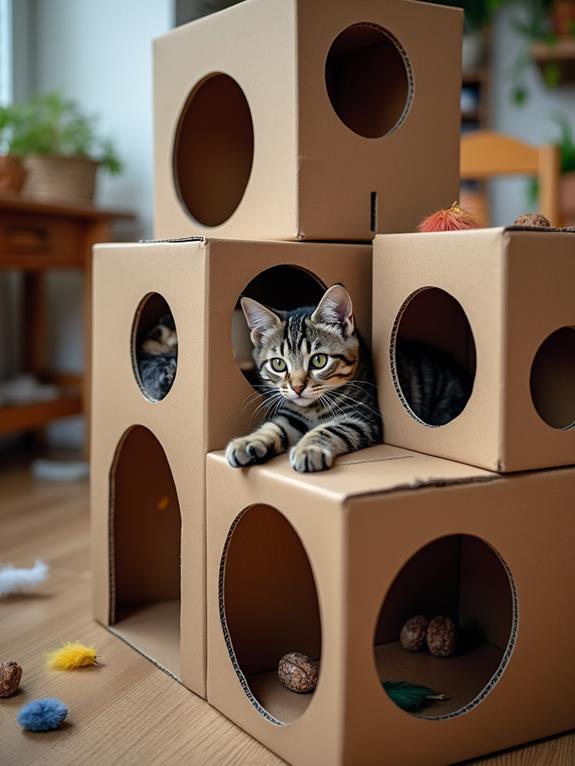
Cats can’t resist the allure of cardboard boxes, and you can take this fascination to the next level by constructing an engaging maze. A cardboard box maze offers your feline friend a stimulating environment for exploration and play, promoting both physical activity and mental stimulation.
While cardboard boxes are excellent, consider incorporating a sustainable scratching ball into your maze design to provide an additional texture and scratching surface for your cat.
To create your maze, gather several cardboard boxes of various sizes. Cut doorways and windows in the boxes, ensuring they’re large enough for your cat to pass through comfortably. Arrange the boxes in an interconnected pattern, forming tunnels and chambers. You can even create a multi-level box fort by stacking boxes securely.
Add interest to your maze by incorporating different textures, such as carpet scraps or crinkly paper. Hide treats or toys throughout the structure to encourage feline exploration. For safety, avoid using any adhesives or materials that could be harmful if ingested.
Regularly rotate the maze’s configuration to maintain your cat’s interest. This activity not only provides entertainment but also helps reduce stress and anxiety in indoor cats.
Fetch With Crinkly Balls

While cardboard mazes offer engaging playtime, another interactive game you can enjoy with your feline friend is fetch with crinkly balls. This activity not only provides mental stimulation but also encourages physical exercise, promoting your cat’s overall health and well-being.
For cats who prefer a more dynamic play experience, interactive scratch boards can offer a combination of scratching and play elements, keeping them engaged for hours.
Crinkly ball benefits extend beyond their enticing sound. These lightweight toys are easy for cats to carry, bat around, and chase, making them perfect for a game of fetch. The crinkling noise stimulates your cat’s hunting instincts, keeping them engaged and entertained.
To begin fetch training, start by tossing the crinkly ball a short distance. When your cat retrieves it, offer praise and a small treat as a reward. Gradually increase the throwing distance as your cat becomes more comfortable with the game. Some cats may naturally bring the ball back, while others might need more encouragement.
Consistency is key in fetch training. Regular sessions will help reinforce the behavior and strengthen your bond with your cat.
Remember to keep play sessions short, around 5-10 minutes, to prevent fatigue and maintain your cat’s interest in the game.
Cat-Friendly Indoor Garden
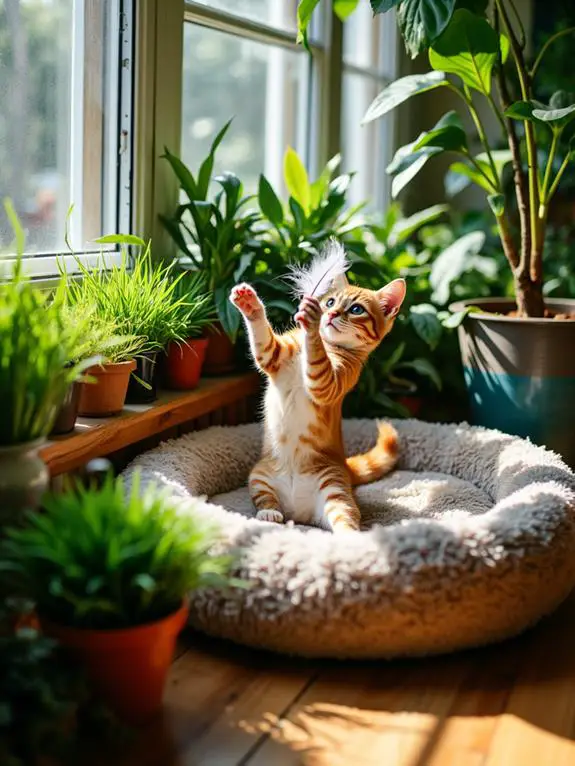
An indoor garden can be a delightful addition to your home that both you and your feline companion can enjoy. Creating a cat-friendly indoor garden requires careful consideration of plant safety and herb selection.
Start by choosing non-toxic plants that are safe for cats, such as catnip, cat grass, valerian, and catmint. These herbs not only provide a sensory experience for your cat but also offer health benefits. Regular interaction with these plants can help strengthen the bond between you and your cat, similar to the effects of grooming. Additionally, the sensory stimulation from these plants can contribute to your cat’s overall well-being and mental health.
When planning your indoor garden, use sturdy containers that won’t tip over easily. Place the plants in areas where your cat can safely access them, but make sure they’re not in high-traffic zones to prevent accidents. Consider hanging planters for added safety and to create vertical interest.
It’s essential to research each plant before introducing it to your home. Some common houseplants can be toxic to cats, so always err on the side of caution. Monitor your cat’s interaction with the plants and remove any that cause adverse reactions.
Regularly trim the plants to prevent overgrowth and maintain a tidy appearance. With proper planning and care, a cat-friendly indoor garden can provide entertainment, enrichment, and a touch of nature for both you and your feline friend.
Feather Wand Dancing
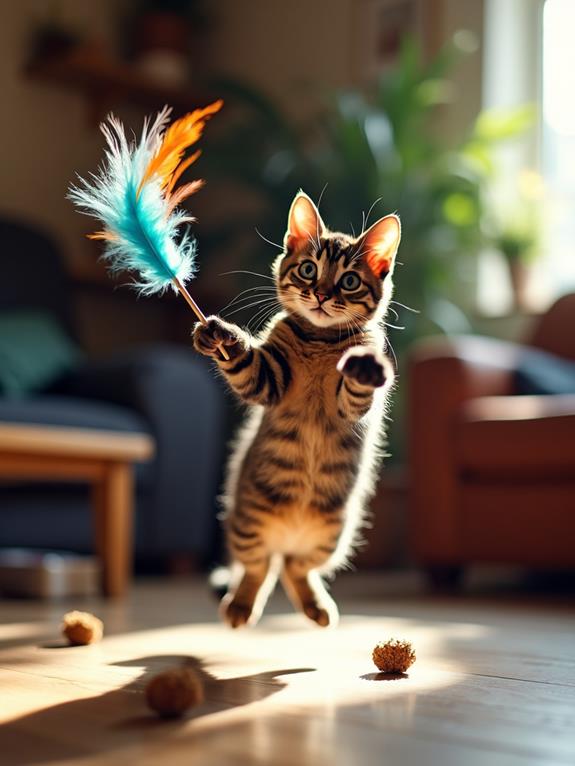
One of the most engaging and interactive games you can play with your cat is feather wand dancing. This activity taps into your feline’s natural hunting instincts while providing excellent exercise and bonding time. To maximize the benefits, it is crucial to master various feather wand techniques and choose appropriate materials.
When selecting a feather wand, opt for durable materials that can withstand your cat’s enthusiastic play. Natural feathers are often more enticing to cats, but synthetic options can be more resilient. Here’s a quick guide to feather wand dancing:
| Technique | Description | Benefits |
|---|---|---|
| Swooping | Move the wand in wide arcs | Encourages jumping and pouncing |
| Fluttering | Gently shake the wand | Mimics bird movements |
| Hide and Seek | Conceal the wand, then reveal | Stimulates hunting instincts |
| Ground Dragging | Drag the wand along the floor | Promotes chasing behavior |
Remember to vary your movements and allow your cat to “catch” the feather occasionally. This reinforces their hunting behavior and boosts confidence. Always supervise play sessions and inspect the wand regularly for signs of wear to guarantee your cat’s safety during this enjoyable activity.
Hide and Seek Treats
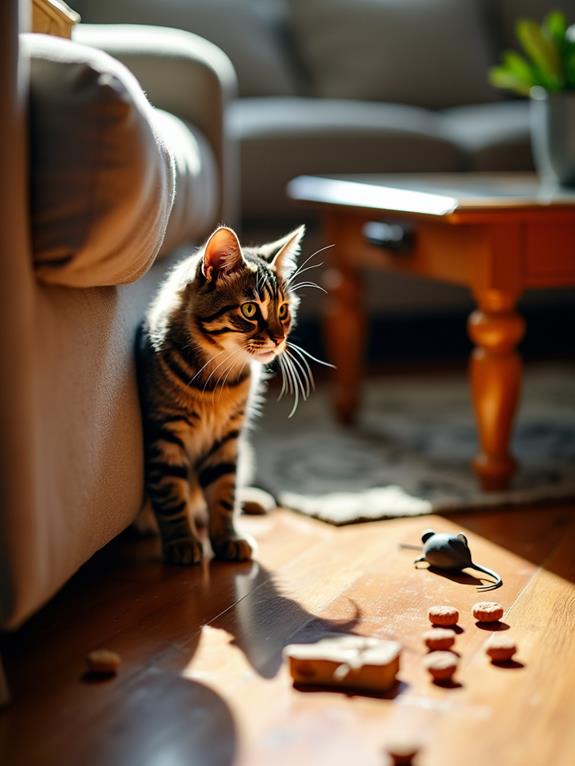
Hide and seek treats is a delightful game that engages your cat’s senses and stimulates their problem-solving skills. This activity combines the thrill of treat hiding with the excitement of scent exploration, providing mental and physical stimulation for your feline friend.
It’s particularly beneficial for asthmatic cats, as it encourages exercise without excessive dust exposure that could trigger respiratory issues.
To begin, choose cat-safe treats that are low in calories and high in nutritional value. Start by hiding treats in easy-to-find locations, gradually increasing the difficulty as your cat becomes more adept at the game.
Place treats behind furniture, under rugs, or in puzzle toys to create a challenging hunt. Encourage your cat to use their sense of smell to locate the hidden goodies. You can even create a trail of treats leading to the main prize, promoting extended periods of engagement.
As your cat searches, offer verbal praise and gentle encouragement to maintain their interest. This game not only provides entertainment but also helps prevent boredom and reduces destructive behaviors.
It’s an excellent way to bond with your cat while promoting their natural hunting instincts. Remember to monitor your cat’s treat intake and adjust their regular meals accordingly to maintain a healthy weight.
Frequent Questions and Answers
To train your cat for leash walking, start indoors with a harness. Gradually introduce the leash and reward positive behavior. Once comfortable, venture outdoors for short sessions. Be patient; leash training opens up exciting outdoor adventures for your feline companion.
Ever considered water play for your feline friend? While most cats aren’t natural swimmers, you can introduce shallow water activities. Guarantee swimming safety by supervising closely. Try a shallow kiddie pool or sink with toys for safe, controlled water exploration.
For nighttime playtime, you’ll want quiet toys that won’t disturb sleep. Try puzzle feeders, soft plush toys, or a laser pointer. Gentle wand play or hide-and-seek with treats can also provide mental stimulation without excessive noise.
You can start with simple feeders, gradually increasing complexity. Place treats in easily accessible spots, then make it more challenging. This gradual introduction maximizes puzzle feeder benefits, stimulating your cat’s mind and instincts.
You’ll find several cat-themed games designed for humans. Look for feline-friendly cards or board games that feature cats. These provide entertainment while celebrating your love for felines. Always prioritize your cat’s safety when playing near them.
